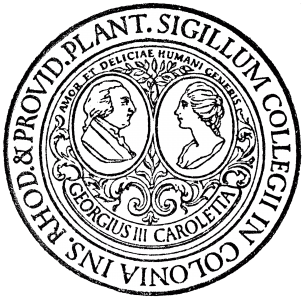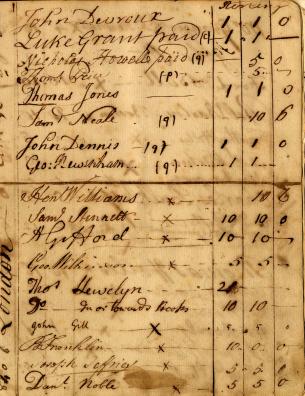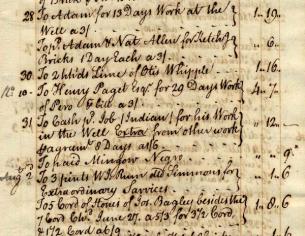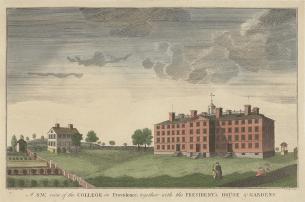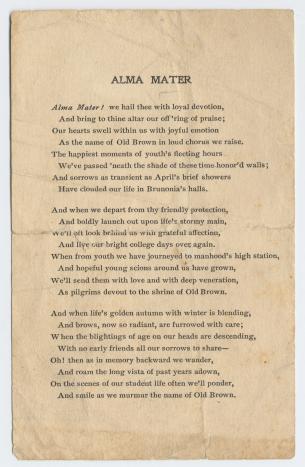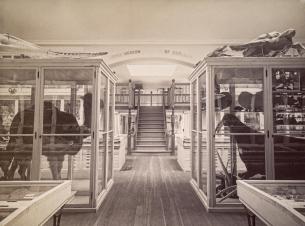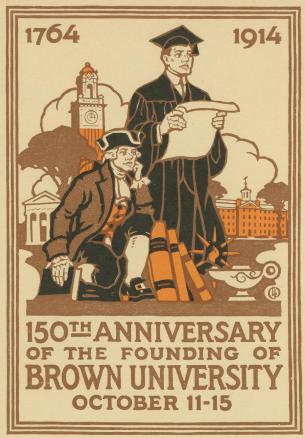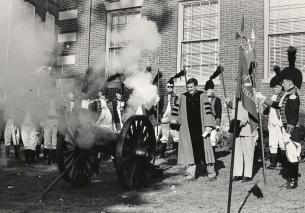A History of Sustained Academic Excellence
Throughout its history, Brown University has embodied its mission of cultivating knowledge in a spirit of free inquiry.
This interactive timeline tells the story of a University forged by a commitment to sustained academic excellence; a shared ethos that values discovery, creativity and collaboration; and the persistent drive — by its community of faculty, students, staff and alumni — to build a better Brown.
The timeline chronicles milestones of more than 250 years, including Brown’s founding in 1764 on the idea of admitting students regardless of religious affiliation, the introduction of the first women to begin studies at Brown in 1891, the 1969 adoption of the “New Curriculum” that continues to define the undergraduate experience, the 2004 report confronting the University’s relationship to slavery and the transatlantic slave trade, and the diversity and inclusion action plan established in 2016 to foster an academic community that embodies the social and intellectual diversity of the world.
The University has been shaped by the addition of schools, institutes and degree programs, by changes to the physical campus, and by strategic planning processes that have built the Brown of today.
Brown is building a legacy of making a transformative impact on the world, retaining a commitment to the belief that education and scholarly inquiry are vital to the advancement of society.




